Understanding and Handling Microaggressions: A Comprehensive Guide
In today’s world, fostering an inclusive and respectful environment is more important than ever. One key aspect of this is understanding and addressing microaggressions. In this blog post, we will explore what microaggressions are, the different types you might encounter, and effective strategies for handling them. Let’s dive in!
What Are Microaggressions?
Microaggressions are micro-indignities which are statements, actions, or incidents regarded as an instance of indirect, subtle, or unintentional discrimination against members of marginalized groups.
They might not always be overtly harmful but can still create an environment of exclusion or discomfort. These small, often seemingly benign comments or behaviours can add up to create a significant negative impact on those who are targeted.
The first step in addressing microaggressions is understanding them.
Types of Microaggressions
Microaggressions can be categorized into three main types: microassaults, microinsults, and microinvalidations. Here’s a closer look at each:
1. Microassaults
Definition: Microassaults are deliberate and explicit acts of discrimination or prejudice.
Example: Wearing a T-shirt with a controversial or offensive symbol, such as a Confederate flag or telling a racist joke.
Impact: These actions are overtly harmful and can directly hurt or marginalize others.
2. Microinsults
Definition: Microinsults are unconscious, hidden, or less obvious expressions of bias.
Example: Saying, “Your English is so good for someone from your country.”
Impact: This type of microaggression subtly undermines or devalues the competence of the person based on their background.
3. Microinvalidations
Definition: Microinvalidations dismiss or negate the experiences of others.
Example: Telling someone, “Racism does not exist anymore.”
Impact: This statement can invalidate the personal experiences and challenges faced by individuals of different races or ethnicities.
Other Examples of Microaggressions
Understanding microaggressions through examples can help you recognize them in everyday life. Here are a few scenarios:
Example 1: Microassault
Scenario: Someone tells a racially insensitive joke.
Response: A direct but polite response could be, “That joke is offensive and hurts people’s feelings.”
Example 2: Microinsult
Scenario: Expressing surprise that someone is competent at their job due to their background.
Response: “It feels like you have low expectations of me based on my background.”
Example 3: Microinvalidation
Scenario: Dismissing someone’s experiences of discrimination with comments like, “That doesn’t happen anymore.”
Response: “My experiences are real and valid, and it’s important to acknowledge them.”
Effective Tactics for Handling Microaggressions
When you encounter microaggressions, there are several effective strategies you can use. Here are three key tactics to address them:
1. Break the Stereotype
What It Means: Countering stereotypes by showing that they are inaccurate.
How to Do It: If someone says, “You speak English really well for someone from your country”, you might respond with:
“Actually, many people from my country are multilingual. I’ve worked hard to improve my English, just like others do.”
2. Point Out the Cliché
What It Means: Addressing biased statements to make the person aware of their mistake.
How to Do It: If someone says, “You don’t look like the people who are from your country” you might say:
“There isn’t one way to look like you’re from one country. People come in all different appearances.”
3. Use ‘I-Statements’
What It Means: Expressing your feelings and experiences without blaming or accusing others.
How to Do It: If someone says, “You don’t look disabled,” you might respond with:
“When you say I don’t look disabled, it makes me feel like you’re invalidating my experience. Disabilities can be invisible.”
Conclusion
While the common term used is “microaggression”, to most black, Indigenous and people of colour, these are aggressions that lead to a macro impact on their lives. Understanding and addressing microaggressions is a crucial part of creating an inclusive and respectful environment for everyone. By learning about the different types of microaggressions and employing effective tactics like breaking stereotypes, pointing out clichés, and using “I-Statements,” you can contribute to positive change.
BACK TO BLOG


